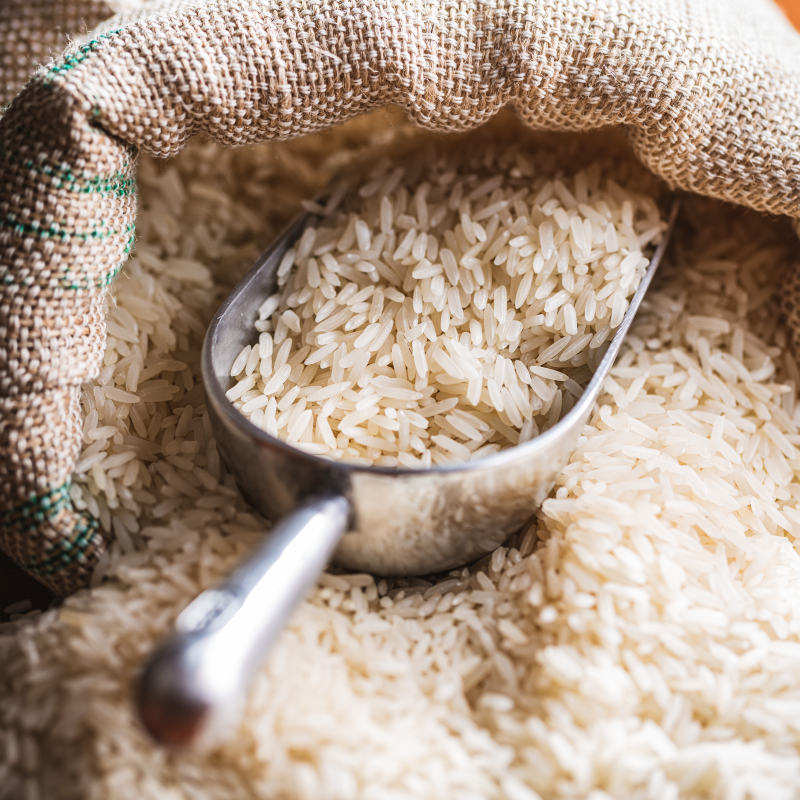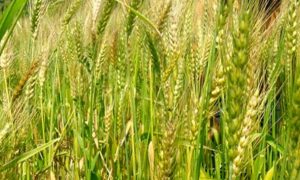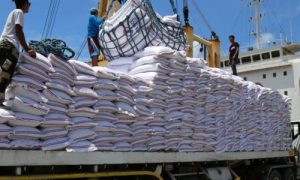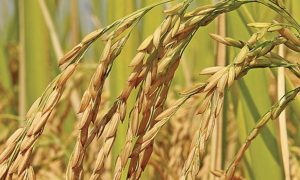Jul-Mar period: Rice exports hit historic high of $3bn

Pakistan’s rice export sector flourished, boasting an 83% growth in FY24’s first nine months, reaching $2.939 billion. Quantity surged to 4.55 million tons. REAP set a $5 billion export target for FY25. Favorable weather and new markets like Indonesia fueled growth. Non-basmati exports surged by 102%, led by private sector initiatives. Basmati exports rose by 36%. Research and government support are crucial for sustained growth. REAP pushes for industry status. Despite declining stocks, robust demand sustains export momentum.
According to official statistics, Pakistan’s rice export sector performed well and posted a healthy growth of 83 percent during July-March of FY24. Overall, the country earned $2.939 billion in the first nine months of this fiscal year as compared to $1.6 billion in the same period of last fiscal year.
The nine months rice exports are even higher than the entire rice exports earnings of FY23, in which Pakistan exported rice worth $2.1 billion.
In terms of quantity, Pakistan exporters achieved another milestone and created history by exporting 4.55 million tons of rice in just nine months of this fiscal year as compared to 2.9 million tons in corresponding period of last fiscal year (FY23).
As the country’s average quarterly rice exports is about one billion dollars, overall rice exports by the end of this fiscal year will be about $4 billion, if this pace of Pakistan rice export will continue. Rice Exporters Association of Pakistan (REAP) has already fixed a $5 billion export target for FY25.
Rafique Suleman, leading rice exporter and former chairman REAP told Business Recorder that Pakistani exporters have taken full advantage of the ban on rice exports by India and make all possible efforts to earn more foreign exchange for the country, which is facing a financial crisis for the past two years.
He said that the export sector has achieved this milestone with the support of all stakeholders, who sincerely make efforts to enhance the rice exports and earn more for the country.
“This phenomenal achievement was possible due to favorable weather, availability of inputs, paddy growers’ resilience, development of new varieties and hybrid seed by the public and private sector,” he added. In addition, the role of REAP leadership in promoting and protecting rice sector exports cannot be ignored in this achievement.
When India imposed the ban on rice export, a huge demand of rice came from Indonesia, which was a new market for Pakistani rice. Rice exports to Indonesia helped to increase the rice exports. “When I was the chairman of REAP a few years back, we took a delegation to Indonesia and the rice trade was opened. This year most of the quantity has been taken by Indonesia and Malaysia,” he added.
Fareast is also a new market for Pakistani rice, while in Africa, West Africa and East Africa, were also largest markets for Pakistani rice, Suleman mentioned.
He informed that the non-basmati sector is taking lead in export earning as a massive 102 percent growth has been recorded in the non-basmati. Pakistan non-basmati rice amounted to $2.3 billion during July-March of FY24 compared to $1.1 billion in the same period of FY23. Basmati rice exports rose by 36 percent to $ 622 million during the period under review.
“The most of the credit for the excellent performance of the non-Basmati sector in Pakistan goes to the private sector, which initiated non-basmati hybrid research and development work with Chinese support to increase the per acre yield,” Suleman said.
He said Pakistan can earn more through the exports of rice but it needs the support of government departments. Research and Development (R&D) in the agriculture sector is needed for hours and can provide much needed energy to the country’s rice exports.
Suleman said that REAP is demanding the federal government to give industry status to the rice sector so it can get some benefits like other industrial sectors. He said that Governor Sindh Kamran Khan Tessori has recently committed to talk with the federal government on the issue.
As the country’s rice stocks are declining, exports in the last quarter of this fiscal year may slow down; however, robust demand from Indonesia, Philippine and Africa are likely to support export momentum.
Source Link : https://www.brecorder.com/news/40300585/jul-mar-period-rice-exports-hit-historic-high-of-3bn














